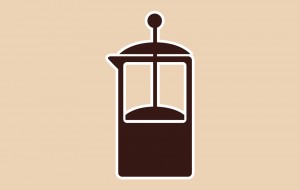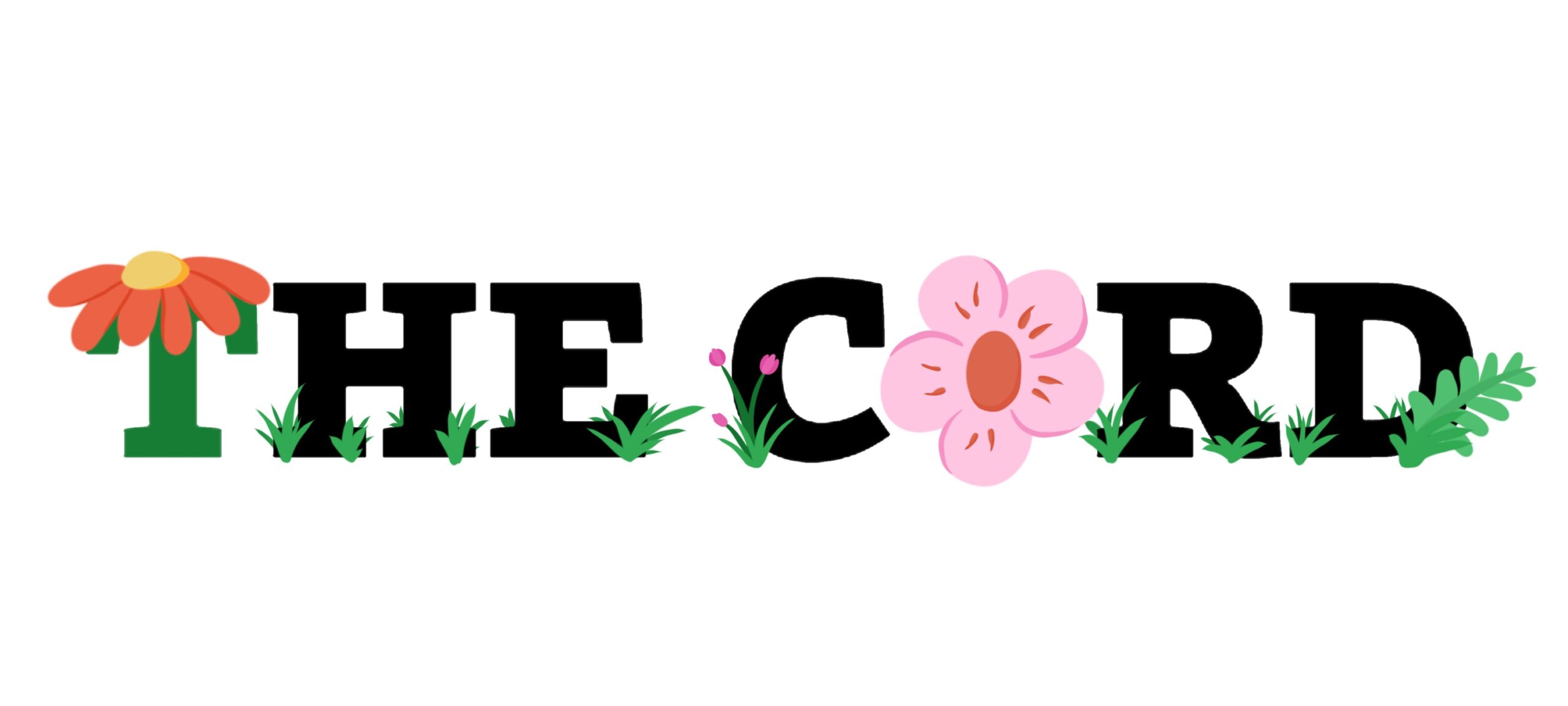The cost of caffeine


Whether it be through pills, bags or that heavenly ground powder, we all have our own way to get a fix. You can find it in the rainforests of Colombia or synthesized in a sterile lab. Go a day without it, and the symptoms of withdrawal will slowly envelope your life.
Caffeine is one hell of a drug.
Premium Lattes
Firstly, let’s breakdown the cost of your needlessly complicated and expensive premium latte. At your average café, a 16 oz. flavoured latte will run you around $5 and will contain about 150 mg of caffeine. That equates to a cost of 3.33 cents per mg of caffeine.
To put things in perspective, a brewed coffee of the same size contains approximately 330 mg of caffeine and will cost around $2 at your average café. This equates to a cost of merely 0.61 cents per mg of caffeine.
Now ask yourself, are you willing to compromise your pumpkin spiced latte and Instagram likes for a source of caffeine that is shown to be 92 per cent cheaper with respect to caffeine content?
Homebrewed Coffee
If you’re willing to take the big step to homebrewing, you are looking at cutting that cost in half. There are plenty of brewing methods that are great for both single-cup drinkers and for those who brew for the entire house.
If you’re drinking by yourself, using an Aeropress is a quick and easy way to brew a clean and balanced cup, while a large French press can produce a more robust batch that is more than enough to satisfy a full house.
Your basic drip-coffee brewer will do the trick, but there are plenty of home brewing methods out there that accentuate elements in coffee you would hardly ever have considered.
Tea
Another popular source of caffeine for students is tea. Now, it’s difficult to gauge the cost of caffeine in tea since there are various different kinds, ranging from white, green, black and beyond. If bought at a café, your average cup of tea costs around $1.50 and can have anywhere between 30 to 90 mg of caffeine per cup, which results in a cost range of 1.67 – 5 cents per mg of caffeine.
Decide to brew your tea at home, and you’re looking at pricing comparable to that of homebrewed coffee. Be sure to consider your steeping time, given there is a marginal caffeine disparity between a one and five-minute steep.
In addition to caffeine, green tea contains the compound L-Theanine which is said to counteract the negative effects of caffeine, such as restlessness and jitteriness.
Energy Drinks
Energy drinks present a convenient and tasty way to get your fix — but be prepared to spend a pretty penny. With 80 mg per can, Red Bull — the world’s most popular energy drink — will run you close to 4 cents per mg of caffeine.
Energy drink companies tout that their beverages contain additional nutrients and vitamins, but many of these claims are completely baseless and subjective. Consider all the sugar in a lot of energy drinks and an energy drink is basically a premium latte without the Instagram cred.
Candy
In a similar vein to energy drinks and premium lattes is the increasingly popular “caffeine candy.” In fact, one of the biggest names in this market is AWAKE Chocolate, which was co-founded by Laurier alumnus.
A bar of AWAKE will run you $2.81 in Waterloo, and contains about 110 mg of caffeine, which works out to 2.56 cents per mg. Although this is cheaper than both premium lattes and energy drinks, caffeine sources that are high in sugar shouldn’t be your go-to source for caffeine. Building a tolerance to caffeine is one thing, but doing so while eating candy will put you at risk of more than just the jitters.
Supplements
Finally, there’s the pure stuff. Be it through pills or powder, purchasing straight caffeine is the uncontested winner when it comes to pricing and convenience. At a local supplements store you can buy a bottle of caffeine pills for as little as $6, which contains 100 pills at 200 mg of caffeine each. At 0.03 cents per mg of caffeine, there’s no beverage that comes close.
Despite the price, the level of convenience associated with caffeine pills demands self-control. Users can easily build a tolerance and dependence when price becomes this negligible and getting the equivalent caffeine content of a large coffee takes just sip of water. Also, pure caffeine pills lack the added benefits of the antioxidants in coffee or the L-Theanine in tea. All things told, pure caffeine-use shouldn’t necessarily be avoided, but be sure to set strict limits if you decide to make the switch.

